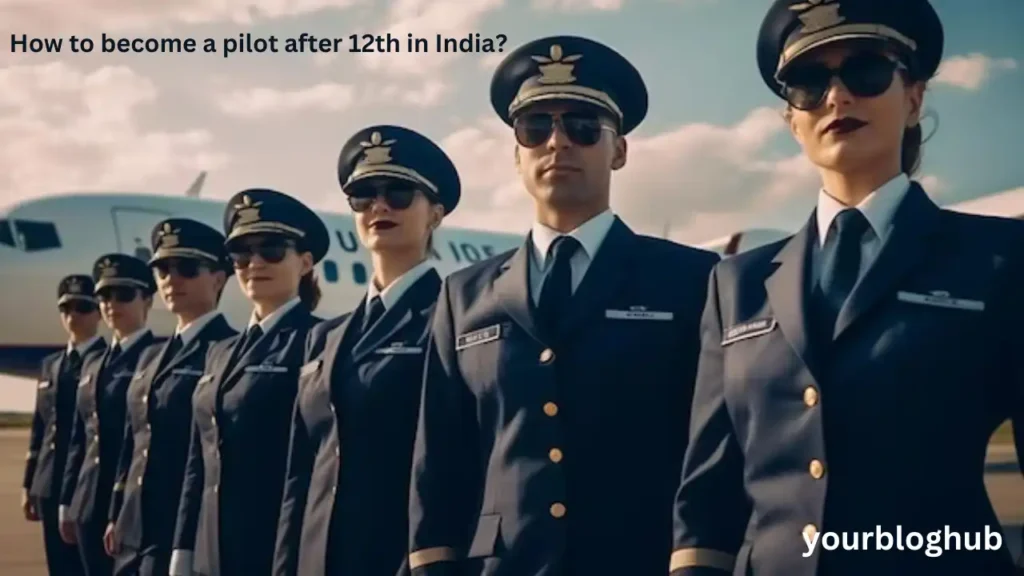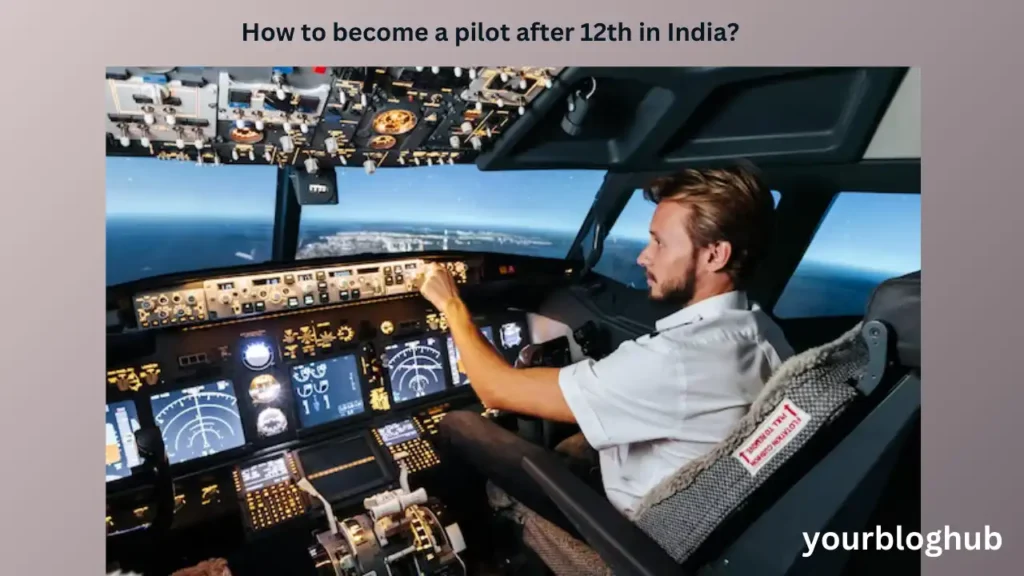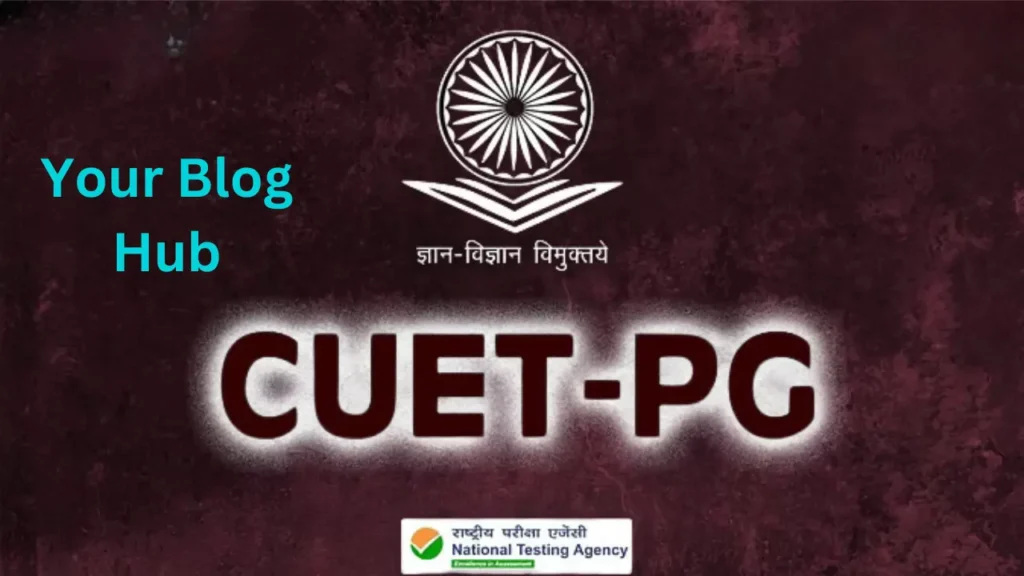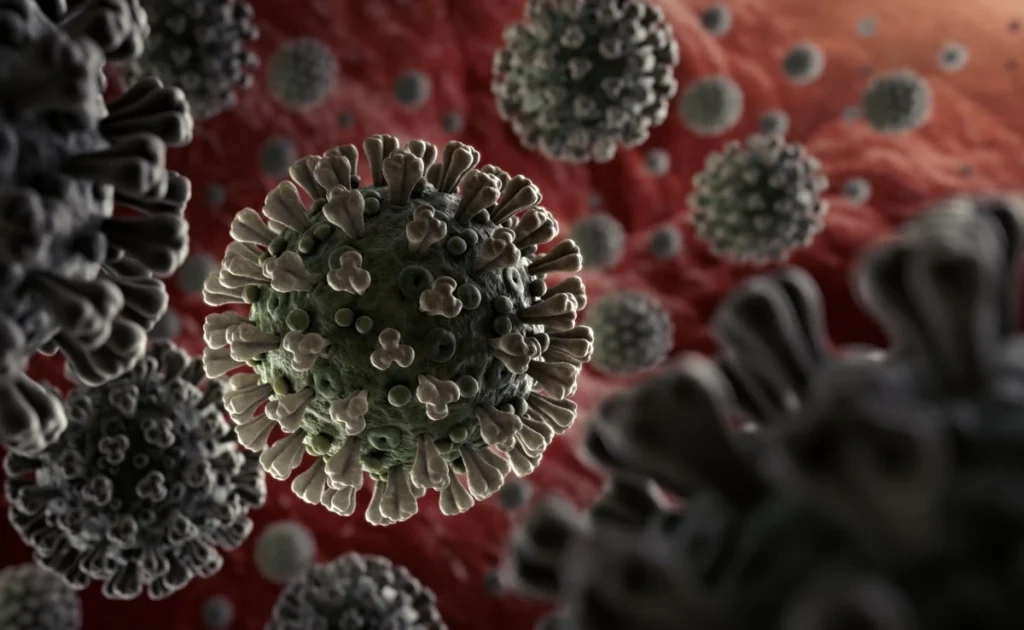After the 12th, what steps should I take to become a pilot? If this question conflicts with your desire to become a pilot, you can enrol in a pilot training programme following your 12th grade year or take the qualifying NDA exam to receive Air Force pilot training. The completion of the 10+2 Science programme is the primary prerequisite for becoming a pilot after the 12th grade.
Commerce students are, nevertheless, nevertheless admitted to a number of pilot training academies. This blog provides you with all the details you need to become a pilot after completing your 12th grade education, including costs, prerequisites, eligibility, and the best pilot training facilities in India and overseas. It also discusses the wage possibilities for pilots in India.
Table of Contents

How to Become a Pilot in India after 12th?
Let me first give you an outline of the two paths you can pursue to become a pilot in India, which are as follows, before giving you a comprehensive guidance on how to become a pilot after the 12th:
Civil Aviation
(Using Commercial Pilot Training Programmes as a Non-Military Route)
In order to pursue this path to becoming a pilot, you must obtain a commercial pilot certification from an approved body, such as India’s Directorate of General Civil Aviation. The primary qualifying requirement for many training academies offering programmes in Commercial Pilot Training is that the student must have completed 10+2 with science stream from a recognised board of education. As a commercial pilot, you will be flying a specific aircraft for an airline. More on this in the next section. The following is a list of the best flying schools in the world that you should think about:
Singapore Flying College, CAE Oxford Aviation Academy, Flight Safety Academy, Pan AM International Flying Academy, and CTC Wings, Europe
Indian Defence Forces (Air Force)
The Air Force is the best option for you to become a pilot if you are prepared to pass the demanding entrance tests for the Indian Defence Forces. The National Defence Academy in Khadakwasla provides three years of training to the applicants who made the short list after a competitive admissions process. The following is the admissions process for the Indian Defence Forces:
Pilot Entrance Exam After 12th: The NDA Exam is the pilot entry exam that follows the 12th grade. You can enlist in the IAF’s flying branch by passing the NDA exam. English, geography, history, general knowledge, physics, math, chemistry, and current events are the major subjects of this math-based general ability test.
SSB Interview: The interview is divided into two phases:
1. A test of officer intelligence and a discussion and perception of pictures
2. A psychologist administers psychological exams, which are followed by group activities and individual interviews.
Pilot Aptitude Test: This test evaluates a candidate’s mental toughness, performance under pressure, and instrument reading skills using written and computerised assessments.
If you fail this test on your first try, you won’t be considered eligible for the flying branch and won’t be able to reapply.
Radio Telephony Examination: The candidate must also pass the six-times-yearly Radio Telephony (RTR) test administered by the Ministry of Telecommunications, Government of India. Since radio communication is essential to any work done in the air, this exam, as its name implies, certifies a pilot in the field of radio telecommunications.
Financial Capability: Becoming a pilot can be a costly career choice. The ability to pay for the many expenses associated with flight training, such as ground school, tests, flying hours, and other related costs, is a requirement for candidates.
Medical Examination: A detailed assessment is made of the candidate’s weight, height, and vision.
Conditions
6/6 eyesight in one eye and 6/9 vision in the other. (Available in 6/6 for hyperopia correction)
152 cm in height and corresponding weight
The physical prerequisites for a pilot’s career (male candidate)
163.5 cm in height
6/9 in one eye and 6/6 in the other
Length of legs: 99–120 cm
Length of thigh: 64 cm
Height range for sitting: 81.5 to 96 cm
Physical prerequisites for aspiring female pilots
162.5 cm in height
6/9 in one eye and 6/6 in the other
Length of legs: 99–120 cm
Length of thigh: 64 cm
Height range for sitting: 81.5 to 96 cm
Who is a pilot?
Pilots are highly skilled individuals who complete extensive training to operate a variety of aircraft types. Various Specialisation courses are offered for various aircraft types. Along with learning how to fly many kinds of aircraft, including mail, cargo, and passenger planes, pilots must also know how to repair the internal workings of the aircraft. Various kinds of pilots exist according on the disciplines and streams that applicants choose to study.
Types of pilots:
There are numerous categories of pilots, each with a unique set of skills and education. Here are a few instances of common pilot categories:
- Commercial airline pilots:Pilots for airlines that operate large commercial aircraft, such as airliners, are known as commercial airline pilots. Both people and goods are transported on scheduled flights.
- Military pilot: They receive training to pilot military aircraft. They might be working on special military tasks, transportation, surveillance, or combat activities.
- Private pilots: They fly tiny aircraft for fun or for personal use. They frequently travel short distances or fly for enjoyment with a private pilot licence (PPL).
- Helicopter Pilots:Only helicopters are flown by helicopter pilots. They might work as tour pilots, air ambulance services, law enforcement, search and rescue, or in any number of other fields.
- Airline Transport Pilots (ATPs):Pilots that have completed the highest degree of certification and training are known as airline transport pilots, or ATPs for short. They may operate larger aeroplanes and can work as first officers or captains for commercial airlines.
- Cargo Pilots: Pilots that specialise in freight delivery by air are known as cargo pilots. They might be employed by cargo airlines or as a component of a larger airline’s cargo division.
- Aerobatic pilots: Pilots that specialise in aerobatics: They are skilled in carrying out these manoeuvres and competing in air shows. They fly specially built aerobatic planes and perform amazing manoeuvres with precision.
- Test pilots: They evaluate the capabilities and security of recently built or modified aircraft. To gather information about the aircraft’s systems, handling qualities, and capabilities, they conduct flight tests.
- Agricultural Pilots: Crop dusters, also known as agricultural pilots, use aircraft equipped with spraying equipment to apply pesticides, fertilisers, and herbicides to crops. This helps to maintain the productivity and health of agricultural fields.
- Seaplane pilots: They are pilots of aircraft that can land and take off on water. In locations with lakes, rivers, or coastal regions, they might provide transportation, sightseeing trips, or other services.

pilot licenses:
Different kinds of pilot certificates
- The Student Pilot Licence:The initial step of pilot training is the Student Pilot Licence (SPL), which enables individuals to learn to fly under the guidance of a certified flight instructor (CFI). SPL holders are limited in the kinds of aircraft they can pilot and are required to follow certain guidelines.
- PPL, or private pilot licence: A popular licence that allows people to fly for leisure or personal use is the PPL. PPL holders are permitted to fly most single-engine aircraft for passenger transport, but not for hire or profit.
- The Commercial Pilot Licence (CPL) is a professional pilot’s licence that enables an individual to fly for hire or compensation. Holders of a CPL are qualified for a range of aviation jobs, including flight instruction, aerial photography, and charter flights.
- Airline Transport Pilot Licence (ATPL): This licence is the highest level of qualification for pilots. Holders of an ATPL are permitted to conduct airline operations and fly large commercial aircraft as pilots-in-command (PIC). The ATPL requires a significant number of training and flying hours.



